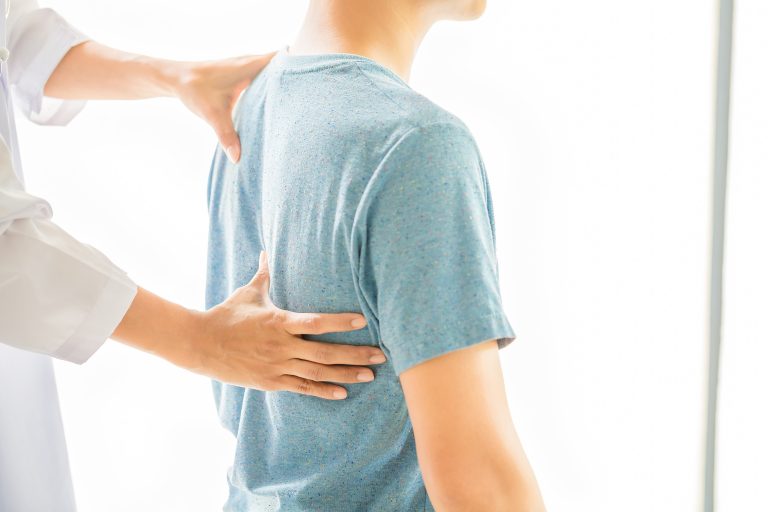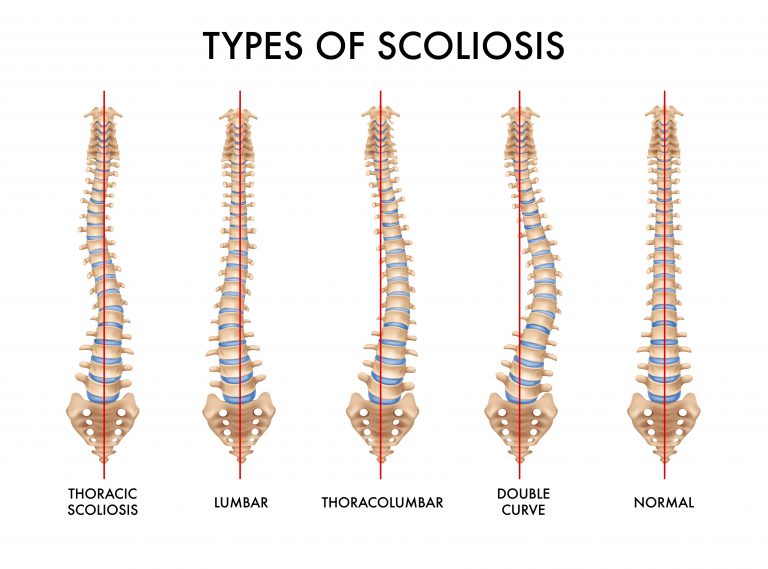Scoliosis: Symptoms, Types and Causes

What is the meaning of scoliosis?
Scoliosis is a condition in which the spine curves sideways. It can happen anywhere along the spine, but the thoracic (middle back) and lumbar (lower back) areas are where it most frequently occurs. The illness can range from mild to severe, and in rare cases, it can cause major discomfort and disability.
Symptoms of scoliosis
A curved spine is the most common indication of scoliosis, although other symptoms can include misaligned shoulders, a tilted pelvis, and one hip that seems higher than the other. Scoliosis can also cause pain, exhaustion, and breathing difficulties in certain people.
Types and causes of scoliosis
Scoliosis comes in a number of different forms, each with its own set of causes and risk factors.
- Idiopathic scoliosis is the most common type of scoliosis which occurs in otherwise healthy children and teenagers. There is no known cause however a combination of genetic and environmental factors is suspected.
- Congenital scoliosis is evident at birth and is caused by a vertebral abnormality.
- Neuromuscular scoliosis is a disorder that affects the muscles and nerves, such as cerebral palsy or spinal muscular atrophy.
If you think you might have scoliosis, book a consultation with any of our orthopaedic surgeons.

Is surgery required for scoliosis?
Treatment for scoliosis varies and is determined by the severity of the curve and the patient’s age. For minor cases, observation and regular check-ups may suffice. In more severe situations, a brace or surgery may be required. Bracing is often recommended for children who are still growing and have a curvature that is expected to progress while surgery is usually recommended for severe cases and for those who have reached the end of their growth stage. The most common brace for scoliosis is known as the thoracic lumbar sacral orthosis (TSLO).
Can scoliosis be cured?
As scoliosis is a structural condition of the spine, it cannot be cured naturally without any form of treatment. However, the progression can be slowed down and symptoms can be well managed with natural therapies such as exercise, physical therapy, chiropractic care and a balanced diet high in essential nutrients needed to maintain healthy bone. Please seek professional advice and recommendations on the most suitable course of treatment by orthopaedic specialists.
What happens if scoliosis is left untreated?
Scoliosis is a progressive condition which, if left untreated, can lead to great intensity of pain, increasing deformity and lift threatening conditions such as potential heart and lung damage.
Early detection is the utmost important for this condition. If a child is showing signs of scoliosis, book an appointment with an orthopaedic specialist to have them screened and evaluated as soon as possible. With the right treatment starting as early as possible, many with scoliosis are able to have a normal and active life.


